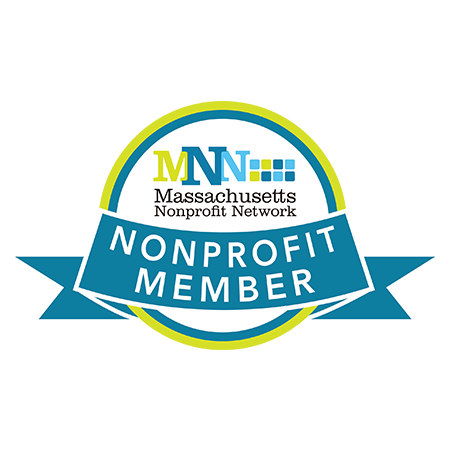 The need to belong is fundamental to human experience. As social animals, we have elaborate systems and structures in our brains that encourage us to seek out other human beings for our survival. Our infant selves crave eye contact and the familiar smells of our caregivers. Friendships become increasingly important over childhood until they become critical to our sense of self in adolescence. Research shows that this need is fundamental for all kinds of positive outcomes over our lifespan. For example, the work of psychologists Edward L. Deci and Richard M. Ryan around Self Determination Theory shows that, along with a sense of autonomy and competence, a sense of relatedness (connection) towards others is critical to our motivation. In other words, our intuitive evaluations of how much we are accepted and loved by those around us are central to our efforts to live a full life.
The need to belong is fundamental to human experience. As social animals, we have elaborate systems and structures in our brains that encourage us to seek out other human beings for our survival. Our infant selves crave eye contact and the familiar smells of our caregivers. Friendships become increasingly important over childhood until they become critical to our sense of self in adolescence. Research shows that this need is fundamental for all kinds of positive outcomes over our lifespan. For example, the work of psychologists Edward L. Deci and Richard M. Ryan around Self Determination Theory shows that, along with a sense of autonomy and competence, a sense of relatedness (connection) towards others is critical to our motivation. In other words, our intuitive evaluations of how much we are accepted and loved by those around us are central to our efforts to live a full life.
As an educator, the need to belong is front and center in the classroom. Every time a student raises their hand to participate, turns to talk to a peer, or runs as fast as they can out to the playground to meet their friends, they are testing their level of belonging in the group. Their community in turn affirms the student’s acceptance—reassurance that frees the child to focus on their intellectual and creative interests and thrive in the classroom. This process is repeatedly playing out between individuals and the group as a whole.
One of the starkest examples of the power of belonging that I’ve experienced is with my former student, Javier, an undocumented immigrant who came to the United States as an infant and grew up in a home where those around him, those he belonged with, spoke only Spanish. When he arrived at his public school speaking little English, he suddenly found himself in a world where he no longer connected with others. His classmates bullied him and excluded him at recess because he could not communicate with them. He felt confused in class when he couldn’t understand his teacher’s directions and was often seen as being “off-task” and reprimanded. In an unfortunate spiral, the less accepted he felt in the classroom, the more he acted out, which resulted in even more separation from the community.
Even as his English developed, this sense that he didn’t quite fit into his environment lingered until I began working with him through a college access program in his sophomore year of high school. He was often resistant to learning in our classes and would find ways to distract himself with his peers and devices. He had developed a reputation among the teachers as someone who didn’t do the work, and he often mentioned that he only came to the program because his mom wanted him to. It was my job to ensure that he participated in class, and so began a long string of discussions with him and his support group to identify ways that we could help him engage more with the work. The more we talked, the more I realized that he simply felt out of place. It is often difficult for those who will be the first in their families to go to college to visualize themselves there; Javier couldn’t even visualize himself as a part of the class he was currently sitting in.
The program team had overcome one of the biggest barriers to promoting a culture of belonging: recognizing what it looks like when a sense of inclusion is missing. With a better understanding of the problem and an excess of patience, we were able to help Javier shift his mindset and actions so that he was soon volunteering in class, building relationships with his instructors, and supporting other students to stay on task and learn the material. Some of the keys to this shift were demonstrating to him that his skill sets were on track with others in the class, that his classmates and instructors really enjoyed and benefited from his participation, and that he could expand his friendships to include other intellectually motivated students. Although Javier will likely always feel the pain and self-doubt from a decade of not belonging, his transformation took him from failed classes and detentions to 4.0 report cards and an acceptance to the prestigious University of California.
A focus on the challenges an individual is facing in the classroom often leads us as educators to step back and look for ways to circumvent those challenges for all students. Even those who seem socially gifted and adored by their learning community are increasingly motivated to greatness through a strong culture of inclusion. At ThinkGive, we support the creation of learning spaces where all students feel that they are a crucial part of their community by building self-awareness and relationships with others around them. When students truly understand that they belong, they have the power to do anything.



